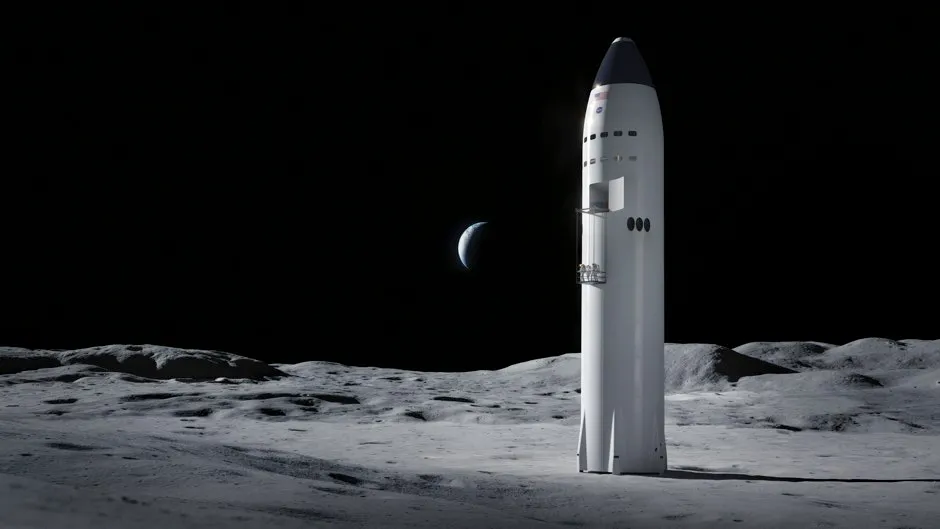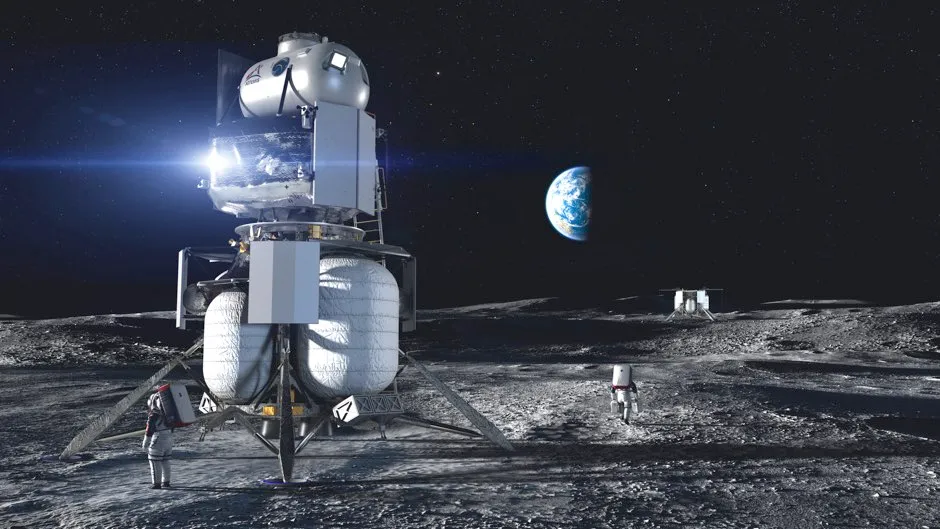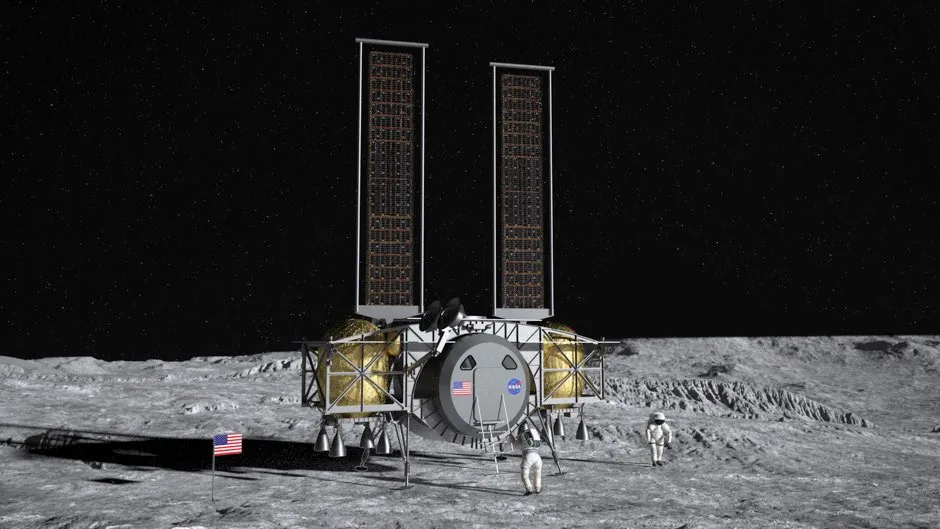NASA is turning to private industry for the first lunar landers for astronauts in half a century – with three competing, quite contrasting versions.
NASA administrator Jim Bridenstine announced on Thursday the three companies that will develop, build and fly lunar landers, with the goal of returning astronauts to the Moon in 2024 and ultimately on to Mars.
The companies are SpaceX in Hawthorne, California, led by Tesla's Elon Musk; Blue Origin in Kent, Washington, founded by Amazon’s Jeff Bezos; and Dynetics, a Huntsville, Alabama, subsidiary of Leidos. Altogether, the contracts for the initial 10-month period total $967m.
“This is the last piece that we need in order to get to the Moon” by 2024, Mr Bridenstine said.
He noted it will be the first lunar lander since the last Apollo Moon mission in 1972.
Over the next 10 months, each company will refine its concept and NASA will decide which lander to test first.
Mr Bridenstine said NASA will go with the company that has the highest probability of success by 2024.
Read more about future missions to the Moon:
- NASA to resume launching astronauts from US soil
- What if we mined the Moon?
- Race to the Moon: Inside China's plans to build a lunar base
- Why we need to go back to the Moon
NASA will rely on its own Orion capsules and Space Launch System megarockets — still under development — to launch astronauts to the Moon.
The two other companies, Boeing and Vivace, put in bids but were eliminated early on, leaving the three awarded contracts.

SpaceX’s proposed Starship lander is so tall that astronauts will use an elevator to get to and from the lunar surface.
Blue Origin’s version comes with a big ladder, according to artistic renderings. The Dynetics lander is so low to the ground that only a few steps are needed, like a front porch, a feature that NASA gave high marks for safety and efficiency.
SpaceX is using its own Starship spacecraft — still under development in Texas — and its own rockets. Blue Origin and Dynetics are partnering with numerous subcontractors, including commercial launch companies.

Going commercial, Mr Bridenstine said, will drive down costs while increasing access.
It builds off of NASA’s commercial cargo and crew programs for the International Space Station.
Just last November, SpaceX and Blue Origin were among the companies that won contracts to make cargo deliveries to the Moon.

NASA wants the new Artemis Moon-landing programme to be sustainable, unlike Apollo, with multiple missions and multiple locations on the lunar surface.
While only one company will carry the first woman and next man to the lunar surface, all three will participate over the long haul, officials noted.
By learning how to live and work on another world — the moon — NASA will be better equipped to eventually send astronauts to Mars, Mr Bridenstine said.
Read more about the origin of the Moon:
- The origin of the Moon: the key discovery
- The origin of the Moon: a timeline of discovery
- The origin of the Moon: how it formed and how we found out
- The great scientists who uncovered the origin of the Moon
Reader Q&A: What time is it on the Moon?
Asked by: Sam Gormley, via Twitter
Fundamentally, and ignoring the complications of Einstein’s Special Relativity, it’s the same time as it is here on Earth. But this is a bit of a cheat, of course, because we haven’t defined how we are measuring time.
There are many ways to define the ‘time’ at a particular location. Here on Earth our usual system (‘solar time’) is defined by the motion of the Sun in the sky (although we usually keep track of time with an atomic clock). This means that the local time depends on where you are on Earth and we get around this complication by having many different time zones.
Now, we could also define a similar time system based on the motion of the Sun as seen from the Moon. Such a system exists (Lunar Standard Time) but it is not much more than an interesting exercise in physics.
What is more useful, however, is a definition of time that doesn’t vary with location. This is called Universal Time (UT) and is a modern form of Greenwich Mean Time. It is the same everywhere in the Universe. So, the UT time on the Moon is the same as the UT time on Earth.
Read more:
